"5 Common Myths and Misconceptions about Racism" Self-Reflection and Education Guide
This self-reflection and education guide was developed by the Racism. It Stops WIth Me Campaign Team with advice and editorial input from IndigenousX. This guide was developed to support people to build their racial literacy and their confidence in identifying and thinking critically about things that arise when learning about race and racism in Australia.
The way race and racism are talked about in Australia has largely been shaped by the ongoing impacts of British colonisation since it began in 1788. This has led to structural and systemic racism across the continent, which are deeply rooted in myths and misconceptions. These myths and misconceptions can often prevent us from having meaningful and productive conversations about race or addressing racism.
Building awareness and understanding of these concepts equips us in conversations about race and racism and supports us to develop our personal anti-racism practice and skillset.
Who is this guide for?This resource aims to support you to develop your anti-racism skillset. The myths and misconceptions explored in this guide are common barriers to challenging our pre-existing ideas and learning more about racism. This resource will equip you with the tools to break down this barrier, learn more about race and racism and have productive conversations about combatting racism in our communities. |
What does this guide cover?This guide explores the following common myths and misconceptions:
|
Download the Digital Print File
Download the Accessible Word version
If you would like to let us know about how you have used this resource for a project or initiative to support anti-racism in your workplace, community, or school, simply email antiracismsecretariat@humanrights.gov.au. We are keen to hear about it and share it with our wider supporter network.
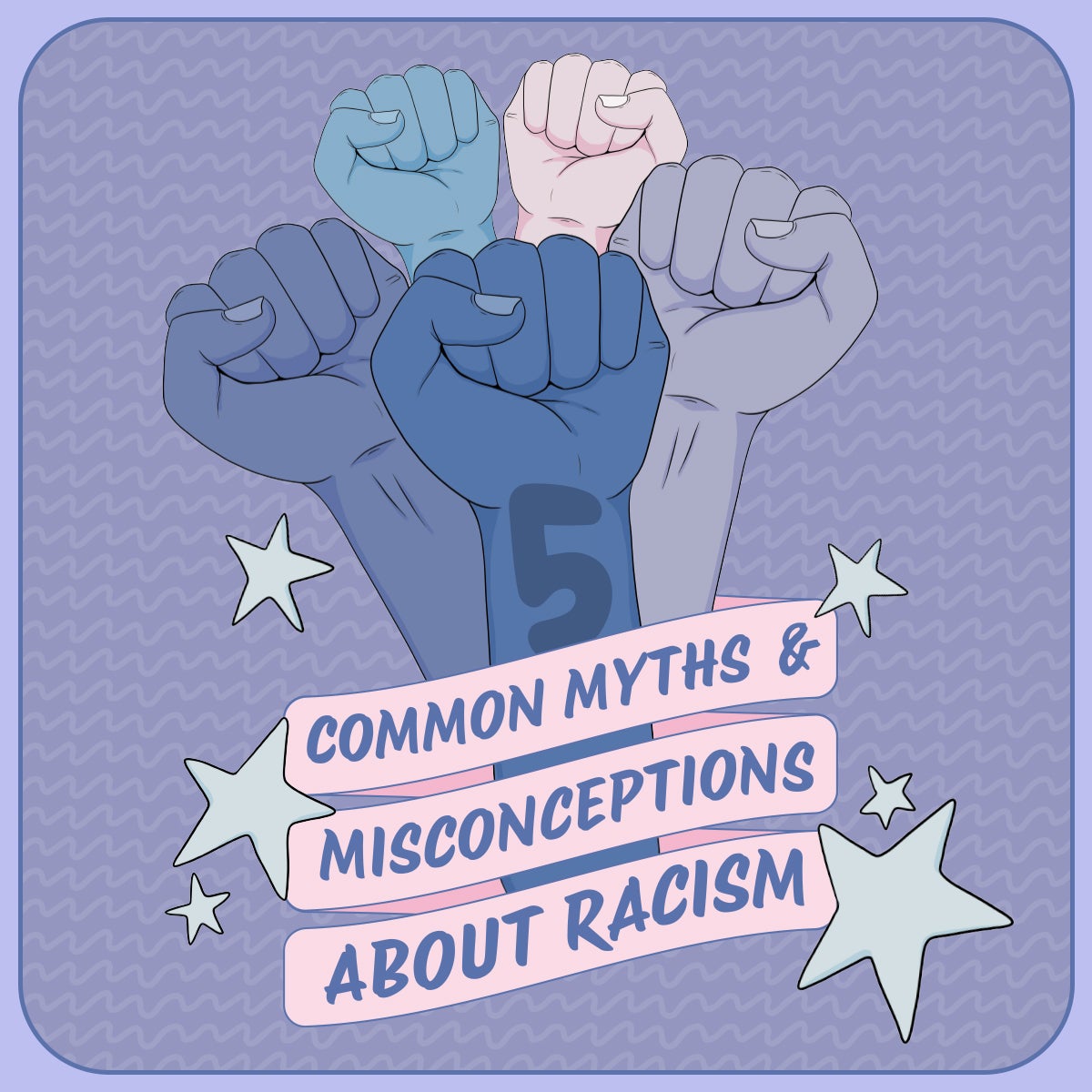
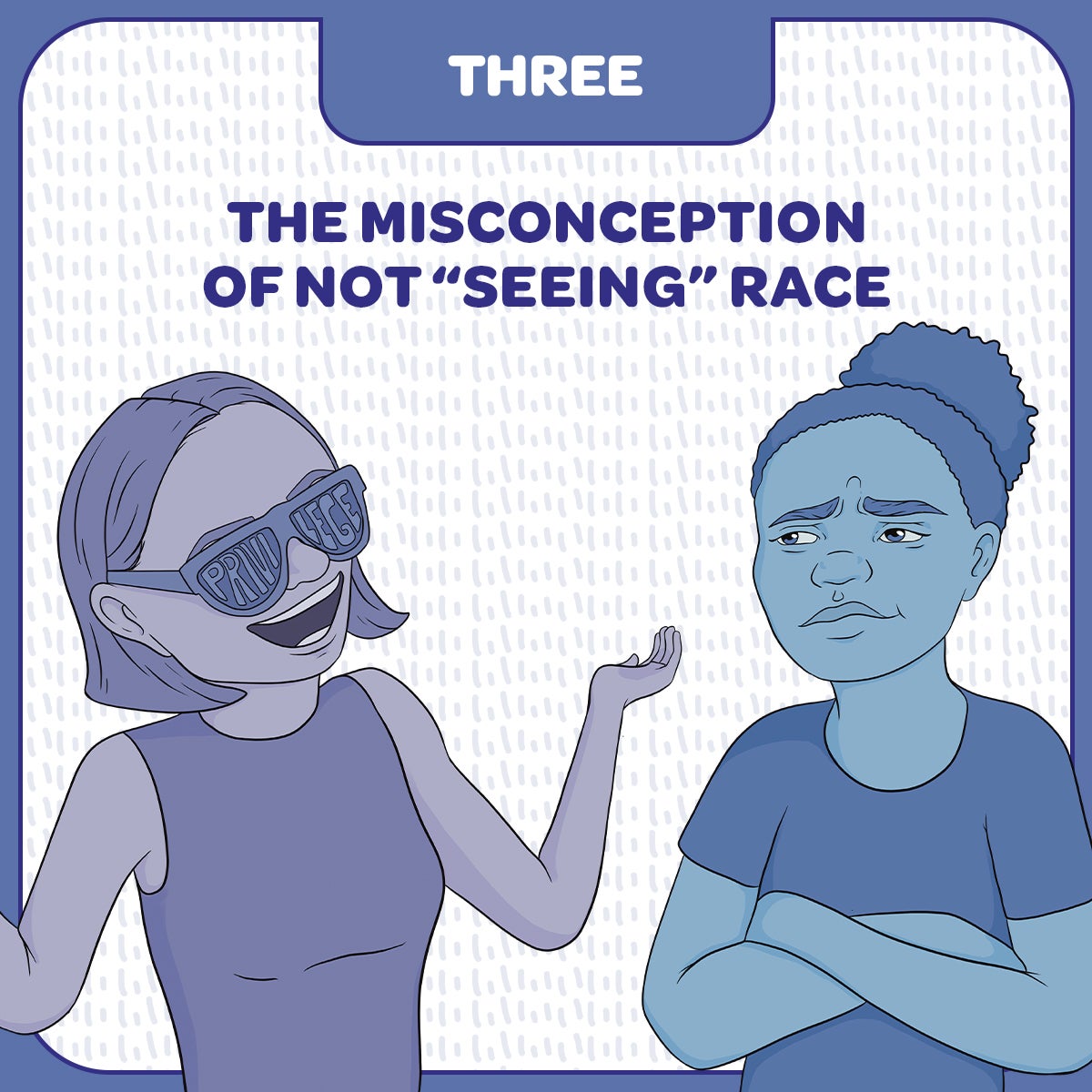
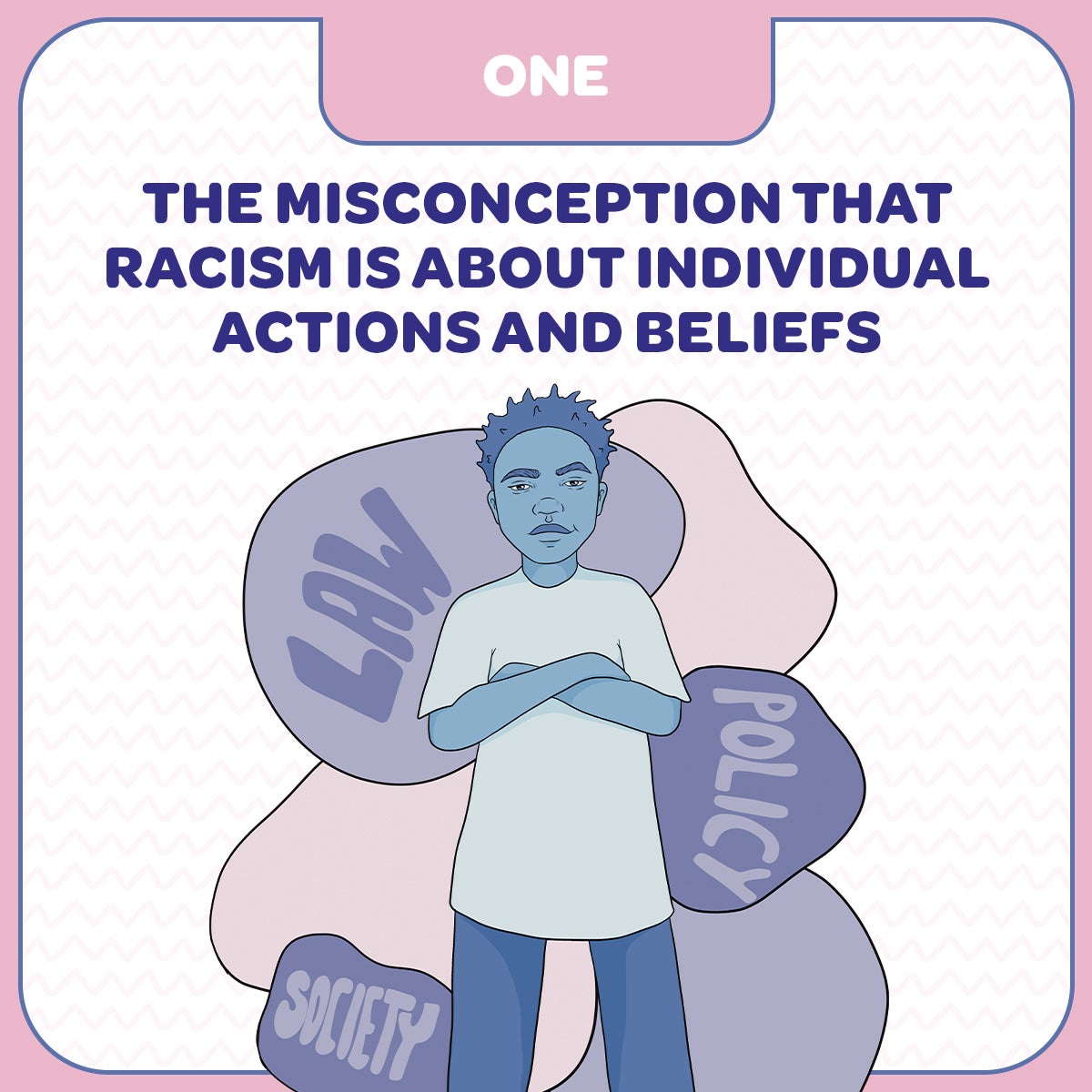
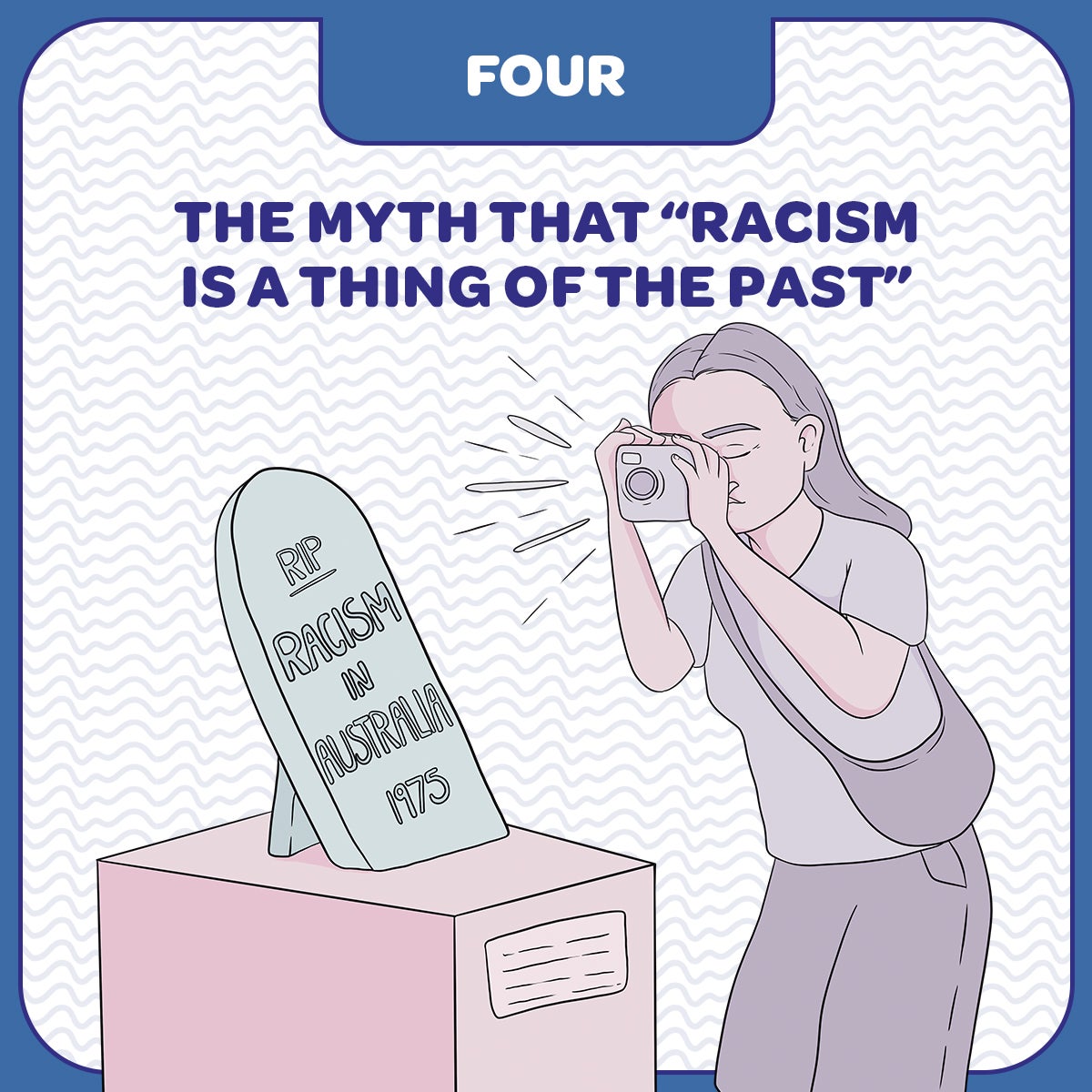
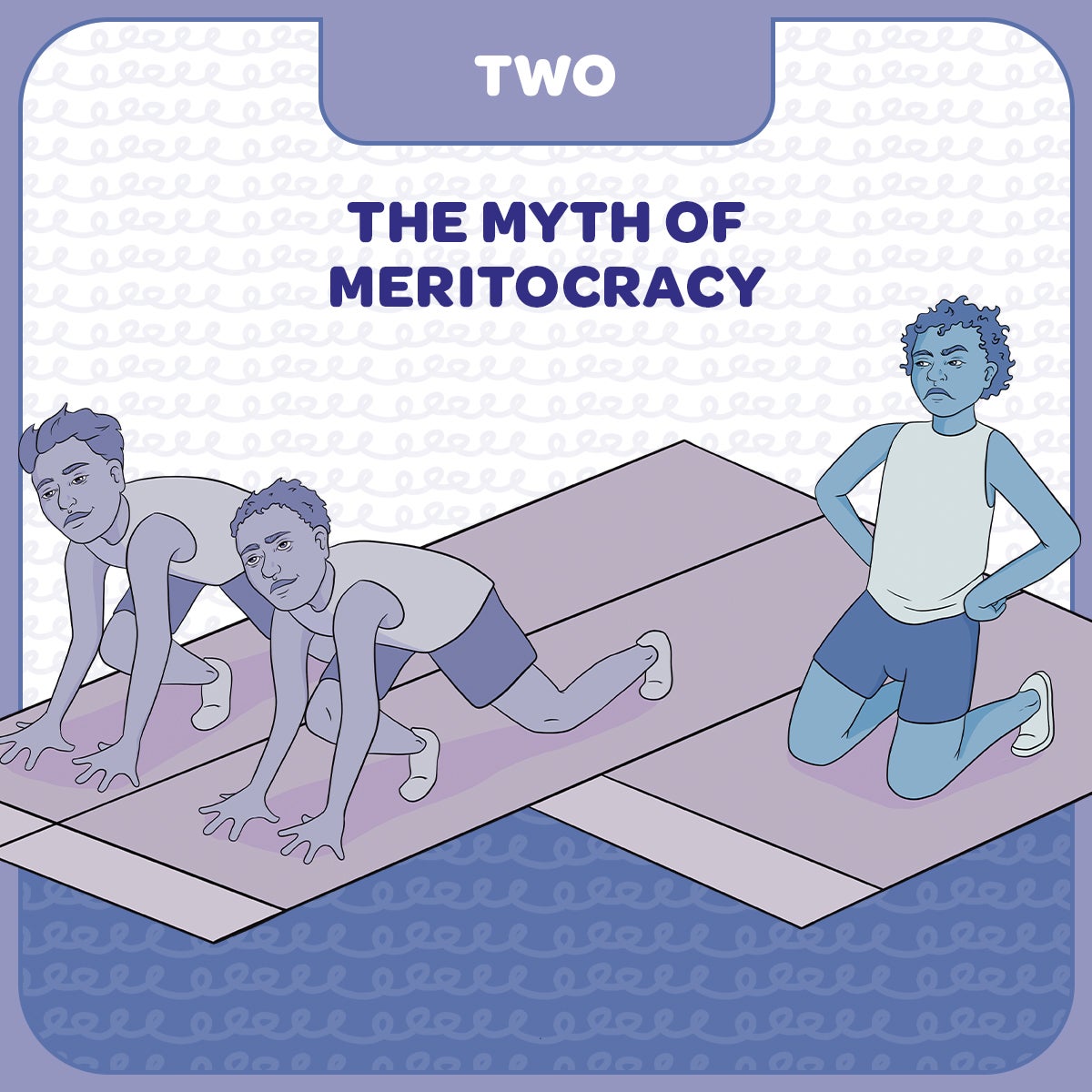
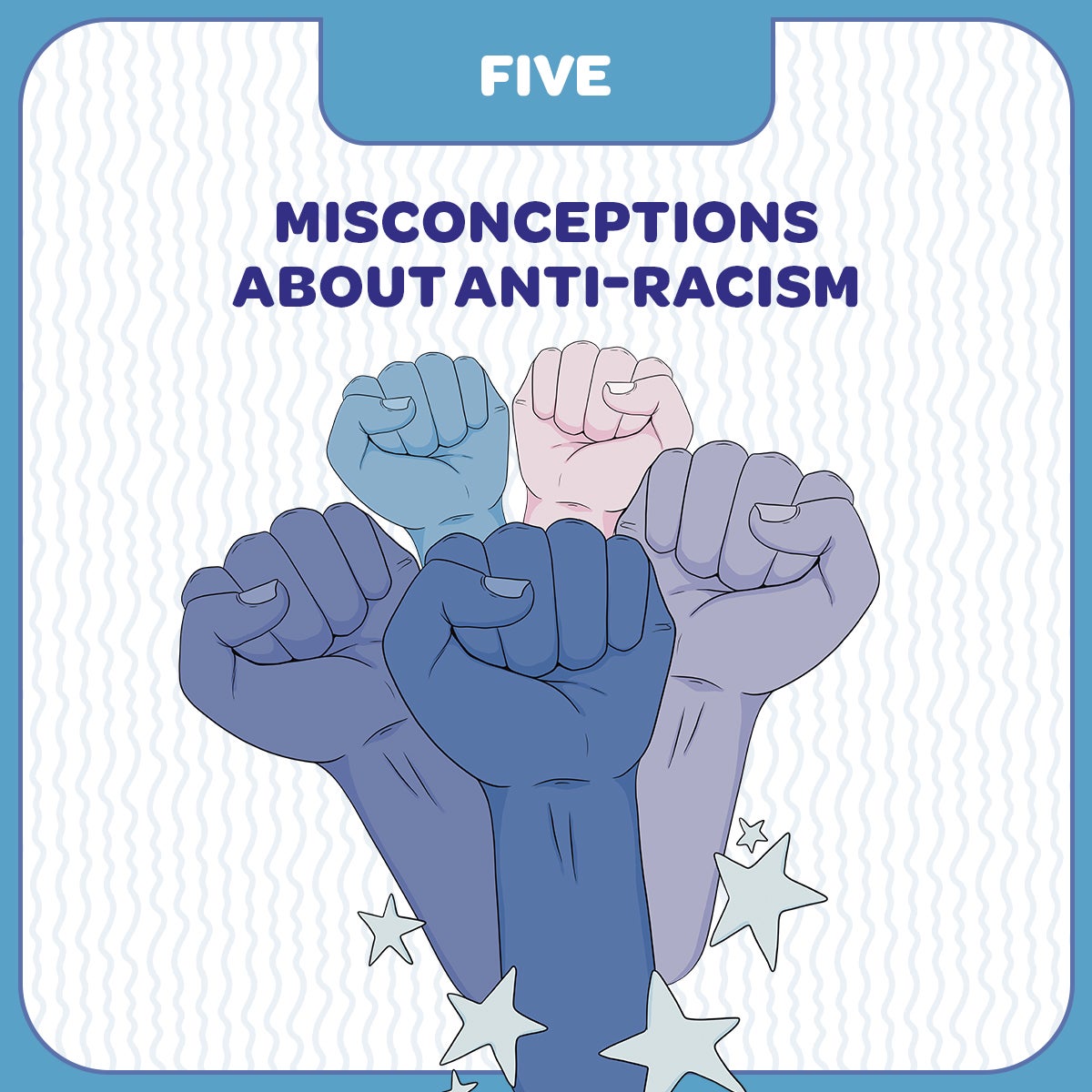
Education, Action & Change
Divided into three parts, the anti-racism resource provides a blueprint for teachers and educators to understand and address racism.
Part one, education, outlines racism and its impacts.
Part two of the resource, action, addresses the actions someone can take to combat racism and have necessary conversations.
Part three of the resource, change, provides suggestions for changes teachers and educators can make to dismantle racism in education and outlines strategies for all levels of education.
You can learn more about the resource and download it on Reconciliation South Australia's website.
'Building Belonging'
The 'Building Belonging' materials are made for various places like preschools, kindergartens, day-cares, and primary schools. They are intended to help Australian early childhood educators teach kids about respecting different cultures and diversity. The resources are designed to help kids reach learning goals set by the Early Years Learning Framework and the Australian Curriculum.
These resources satisfy requirements of the National Quality Standard and are linked to the Australian Professional Standards for Teachers. Additionally, these resources support the fulfillment of children’s rights principles outlined in Early Childhood Australia’s Statement of Intent ‘Supporting young children’s rights’.
You can download the full toolkit in either PDF or Word documents as a ZIP file by accessing the "Building Belonging Toolkit PDF" and "Building Belonging Toolkit Word" links below. Alternatively, you will find the download links for each individual resource on the Commission website.
2016
Australians Together
The curriculum resources available on this website form a vital educational platform focusing on Australia's history, particularly Indigenous perspectives, and the impact of colonization. Tailored for educators and individuals, it provides diverse resources, including videos and articles, fostering reconciliation, and improving racial literacy. With a user-friendly interface and a commitment to truth-telling, it encourages community engagement and regular updates.
Guide to conducting a ‘Cultural Temperature Check’ within your organisation
The ultimate goal of a cultural temperature check is the creation of a culturally safe and racially equitable workplace environment through practical, meaningful, and active anti-racism strategies.
A cultural temperature check should identify any structural barriers, risks, or issues in relation to the current promotion and implementation of cultural diversity and anti-racism in your workplace. As well as this, it should seek to foster self-reflection by engaging with staff at all levels on the impacts of power and privilege.
The Australian Human Rights Commission’s (AHRC’s) Workplace Cultural Diversity Tool is a great first step to assessing the current level of cultural inclusivity within your organisation. This tool can be used in tandem with this guide (available for download below) to conduct a comprehensive check of your organisation. These resources are directly geared towards creating positive change and embedding anti-racism in the workplace.
Guide to creating anti-racism messaging and campaigns
Race is a social construct, which means that racial difference is given different meaning in different contexts in order to perform specific functions. For that reason, there is no ‘one-size fits-all’ approach to anti-racism. Instead, anti-racism should respond to the ways in which race and racism are deployed in particular contexts.
There have been many forms of anti-racist action and advocacy over the long history of anti-racism. It is likely that no single approach may be effective on its own.
This guide provides some insights gained through the process of developing the 2022 Racism. It Stops With Me campaign. The Australian Human Rights Commission is indebted to those who provided their expertise through consultations, scholarship and expert advice, much of which has informed this guide.
Voice Referendum: Understanding the referendum from a human rights perspective
Conversations about the referendum and proposed Voice to Parliament have the potential to be harmful for First Nations peoples. The Australian Human Rights Commission’s Voice referendum resources seek to minimise harm by encouraging cultural humility and focusing the conversation on human rights principles as they relate to the referendum and proposed Voice to Parliament.
There are nine documents in the resource kit – available to download in full on the Commission's website.
The stand-alone resources are available for individual download on the webpages linked below:
- The Uluru Statement from the Heart.
- Minimising harm in conversations about the referendum.
- Indigenous Rights & the Voice.
- The history of Aboriginal and Torres Strait Islander peoples advocating for the right to be heard.
- Symbolic change or substantive reform.
- Self-determination and Indigenous peoples.
- The Voice and human rights.
- Referendums and constitutional change.
- Support services.
Acknowledgements
The Commission thanks IndigenousX, a 100% Indigenous owned and operated media, consultancy and training organisation, for their generous guidance and expertise on this project until mid-June 2023. The Commission was grateful for the opportunity to partner with IndigenousX due to their impartial and non-partisan position on the upcoming referendum and demonstrated understanding of the Commission’s independent and statutory role. Further, IndigenousX's insights into the nature of race and racism in Australia along with their dedication to ensuring careful consideration of and respect for Indigenous rights, knowledges, and experiences, proved invaluable to the development of these resources.
The Commission also thanks Saltwater People, an Indigenous-owned, full-service creative agency that delivers strategic design communications and cross-cultural engagement. Throughout the development of this resource kit, they generously provided expertise in best practice cross-cultural engagement, Indigenous Cultural and Intellectual Property (ICIP) and visual communication.
Please note, the artwork accompanying this kit is © Paul Bong.
Evaluation report - Guidelines to Addressing Spectator Racism in Sport
In response to these issues, the Australian Human Rights Commission (the Commission) convened a roundtable of representatives from across the Australian sporting sector, and anti-racism experts, to discuss opportunities to work together and potential ways forward.
Held on 27 April 2021, the roundtable included a discussion of the need for a set of guidelines to promote a coordinated approach to spectator racism in sports. Over subsequent months, the Commission led a working group in the drafting of these guidelines, which were released by the Commission and over 20 partner organisations in November 2021.
See key learnings from this project via our evaluation - accessible below
Pagination
- Previous page
- Page 2
- Next page